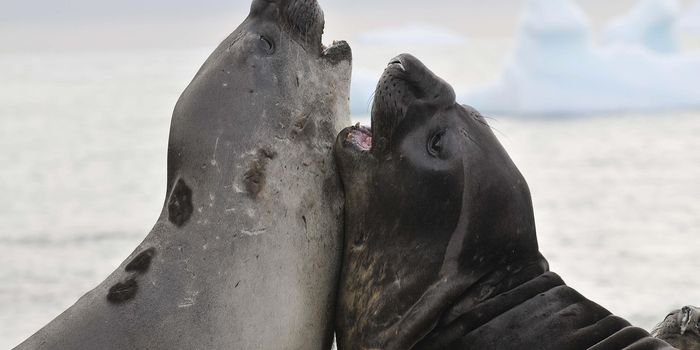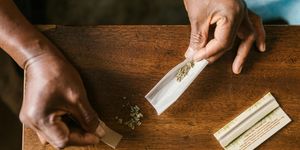Is the Human RNome the Next Frontier?
A lot of people quickly learned about RNA when an RNA virus started the COVID-19 global pandemic. In humans, there are many forms of RNA, many of which are absolutely essential to life. Messenger RNA (mRNA) is generated from active genes, and used in cells to create proteins, control the expression of other genes, among an array of other functions. The various types of cells and tissues in the body are created and maintained through the expression of different genes, so the RNA that is present in a cell can tell us a lot about it.
Much of the genome is transcribed into RNA, even though not even two percent of the human genome encodes for proteins. There are small and long non-coding RNAs, which carry out regulatory or maintenance functions in the cell. Now that the human genome has been totally sequenced, researchers are turning their attention to the vast array of RNA molecules that are present in cells: the RNome, as well as their modifications. So far, 170 different types of RNA modifications have been identified, said Peter Dedon, MD, PhD, a Professor at MIT. RNA molecules can also interact with each other, DNA, or proteins.
Vivian Cheung is an RNA biologist at the University of Michigan who has advocated along with colleagues for this type of project for several years. Cheung and others published a paper on the topic in Nature Genetics in 2021.
They noted that we do not know what the sequence of the RNome is, there is still a lot to learn about how RNA is modified, and these gaps in knowledge should be filled. “Most diseases are due to some dysregulation of RNA,” and RNA molecules could be a great target for new treatments, Cheung told Science. We have also seen how RNA molecules can be used to create vaccines, and scientists have also identified many RNAs that serve as biomarkers for various conditions.
“The Human RNome Project is truly a transformative opportunity, one that promises to enormously enhance our ability to develop novel diagnostics and therapeutics for diseases that still burden society,” said Dr. Mukesh K. Jain, the dean of medicine and biological sciences and senior vice president for health affairs at Brown University. The first international conference on the Human RNome Project convened at Brown in January.
Researchers have also suggested that we should go even further, and sequence the RNome of many different organisms.
It will also be necessary to develop standards, databases, and methodologies for this effort. Studying RNA presents some unique challenges. RNA is notoriously unstable and can degrade easily unless special precautions are taken. When RNA is being isolated or studied, the work areas and tools that are used have to be treated so that any RNases, enzymes that degrade RNA, are destroyed. RNases are naturally produced by skin; it's an easy antimicrobial protection strategy. So while a sterile environment is not needed, investigators have to take special care. I have worked with RNA extensively myself and researchers can work with it, as long as they take the necessary precautions.
Scientists have suggested that synthetic RNA molecules should be prepared by The National Institute of Standards and Technology with well-described modifications that can serve as a reference. This will allow labs to validate their RNA protocols, including sequencing technologies. It's also recommended that the National Institutes of Health (NIH) develop an RNA database and a set of rules describing them.
RNA is usually sequenced by converting it to DNA first, and then sequencing that. However, Oxford Nanopore Technologies has created a technique for the direct sequencing of RNA, and others are sure to follow suit.
Now, researchers will have to find the funding for the project.









